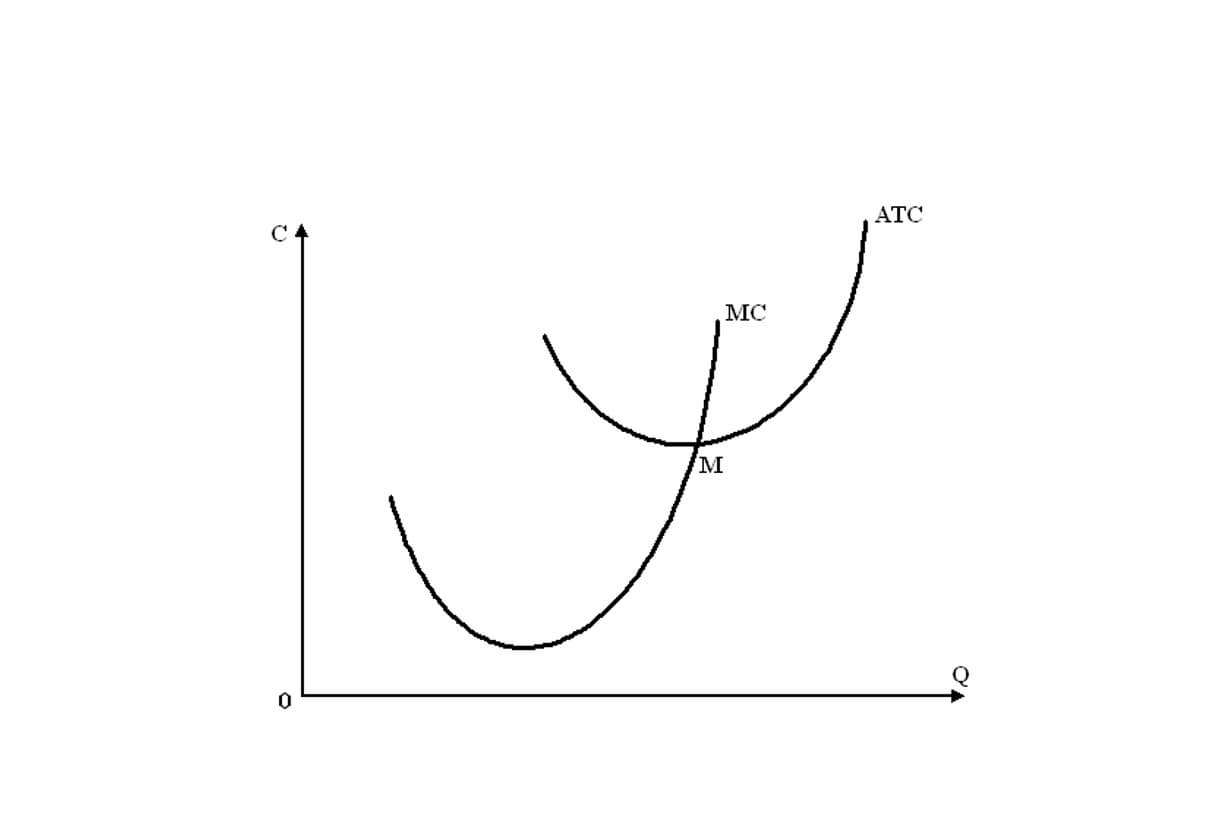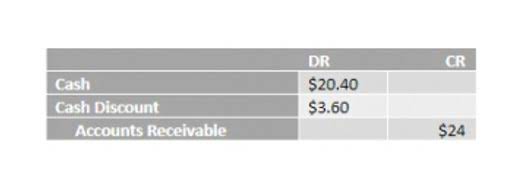
It also simplifies the bookkeeping process by providing a stable, unchanging basis for asset records and subsequent expense allocations (depreciation/amortization). While critics argue it may not reflect an asset’s true current economic value, its emphasis on verifiability remains a key reason for its widespread use under GAAP. However, application of cost principles to fixed-price contracts and subcontracts shall not be construed as a requirement to negotiate agreements on individual elements of cost in arriving at agreement on the total price. The final price accepted by the parties reflects agreement only on the total price. Further, notwithstanding the mandatory use of cost principles, the objective will continue to be to negotiate prices that are fair and reasonable, cost and other factors considered. Cost principles are essential rules or guidelines that govern how costs should be measured, allocated, and reported in financial statements, contracts, and pricing strategies.

Historical Cost Vs Asset Impairment

Similarly, if the same company purchased its manufacturing facility and land for $600,000 in 2000, the real estate will remain on its books for the purchase price rather than its current market value of $3 million. Cost Principle states that an asset should always be recorded at the original buying price or cost and not the perceived value. Therefore, any changes in the asset’s market value should not affect how they are represented on the balance sheet. The financial accounts will still report the asset’s worth at the cost of acquisition because the historical cost principle does not take currency swings into account. This includes the cost of acquiring or producing the inventory items, including direct costs like materials and labor, as well as indirect costs like overhead. Despite its limitations, the Cost Principle remains an important component of accounting standards and provides a foundation for the preparation of financial statements.
Q3: Does the Cost Principle apply to all assets?
The Cost Principle, in finance, is an accounting concept that states that a business should record its assets, liabilities, and equity investments at their original purchase costs. It is based on the belief that the purchase cost is the most reliable and objective measure of the value of an asset. This principle remains in use despite the fact that the actual market value of those items may change over time. In conclusion, while the Cost Principle may have its drawbacks and controversies, it continues to serve as an essential guiding principle in accounting, contributing to the reliability, transparency, and comparability of financial reporting. As accounting standards evolve, striking the balance between historical cost and fair value measurement remains an ongoing challenge in the pursuit of presenting the most relevant and faithful representation of a company’s financial position.
- Giving a cost principle example can be tricky when there is no cash involved.
- The cost of $25,000 is still recorded on the balance sheet, and the depreciation of $20,000 appears as ($20,000) on the statement.
- Nevertheless, the Cost Principle remains a widely accepted and used accounting principle due to its historical and verifiable nature.
- This accounting treatment is also less affected by accounting assumptions.
- Since fair market values and replacement costs are left up to estimates and opinions, the FASB has decided to stick with the historical cost principle because it is reliable and objective.
- When you buy assets for your small business, you need to account for them in your books.
Business letter templates
Historical cost is the original cost of an asset, as recorded Liability Accounts in an entity’s accounting records. Many of the transactions recorded in an organization’s accounting records are stated at their historical cost. This concept is clarified by the cost principle, which states that you should only record an asset, liability, or equity investment at its original acquisition cost. A historical cost can be easily proven by accessing the source purchase or trade documents.
Why Is the Cost Principle Important?
- This is due to the fact that the value of an asset can change after it was purchased.
- Because the cost principle is commonly used, and often required, most accounting software enables it.
- By providing a stable and objective basis for asset valuation, the cost concept enables stakeholders to make informed decisions based on reliable financial information, contributing to the overall transparency and integrity of financial markets.
- The Cost Principle is important because it promotes objectivity and reliability in financial reporting.
- Tangible capital asset means an asset that has physical substance, more than minimal value, and is expected to be held by an enterprise for continued use or possession beyond the current accounting period for the services it yields.
- As financial markets and economic conditions fluctuate, the value of assets may increase or decrease significantly.
Labor-rate standard means a preestablished measure, expressed in monetary terms, of the price of https://www.bookstime.com/ labor. Labor cost at standard means a preestablished measure of the labor element of cost, computed by multiplying labor-rate standard by labor-time standard. Job class of employees means employees performing in positions within the same job.

Estimating costs means the process of forecasting a future result in terms of cost, based upon information available at the time. A cost is allowable if it is permitted as a cost within general federal regulations, the terms of a specific Award, and/or the institution’s F&A rates. Need an easy way to record your assets and other business transactions? Patriot’s online accounting software is easy to use and made for small business owners and their accountants. One of the prime objectives of accrual accounting is for the public markets to remain stable – but within reason, of course (i.e. reasonable volatility). The market value, in contrast to the historical cost, refers to how much an asset can be sold in the market as of the present date.
- Actuarial gain and loss means the effect on pension cost resulting from differences between actuarial assumptions and actual experience.
- The asset is added to the company’s balance sheet with a value of $100,000.
- Because appreciation adds value, it begins to outweigh the cost (or the value) of the asset.
- It lets businesses easily identify, verify and maintain expenses over time — without having to update the value of assets as often.
- Some long-term assets that need to fall under the cost principle are heavy machinery and equipment.
- We offer a free trial of our accounting software which will allow you to use the cost principle.

According to this principle, the asset’s value remains at its historical cost in the accounting records throughout its useful life, even if its market value fluctuates significantly. Adjustments to this book value are typically made only through systematic allocation processes like depreciation (for tangible assets) or amortization (for intangible assets), which are based on the original cost. The Cost Principle is a cornerstone of GAAP (Generally Accepted Accounting cost principle Principles) due to its emphasis on objectivity and verifiability.